Why You Should Rethink Using CPF for Your Home Purchase In 2025
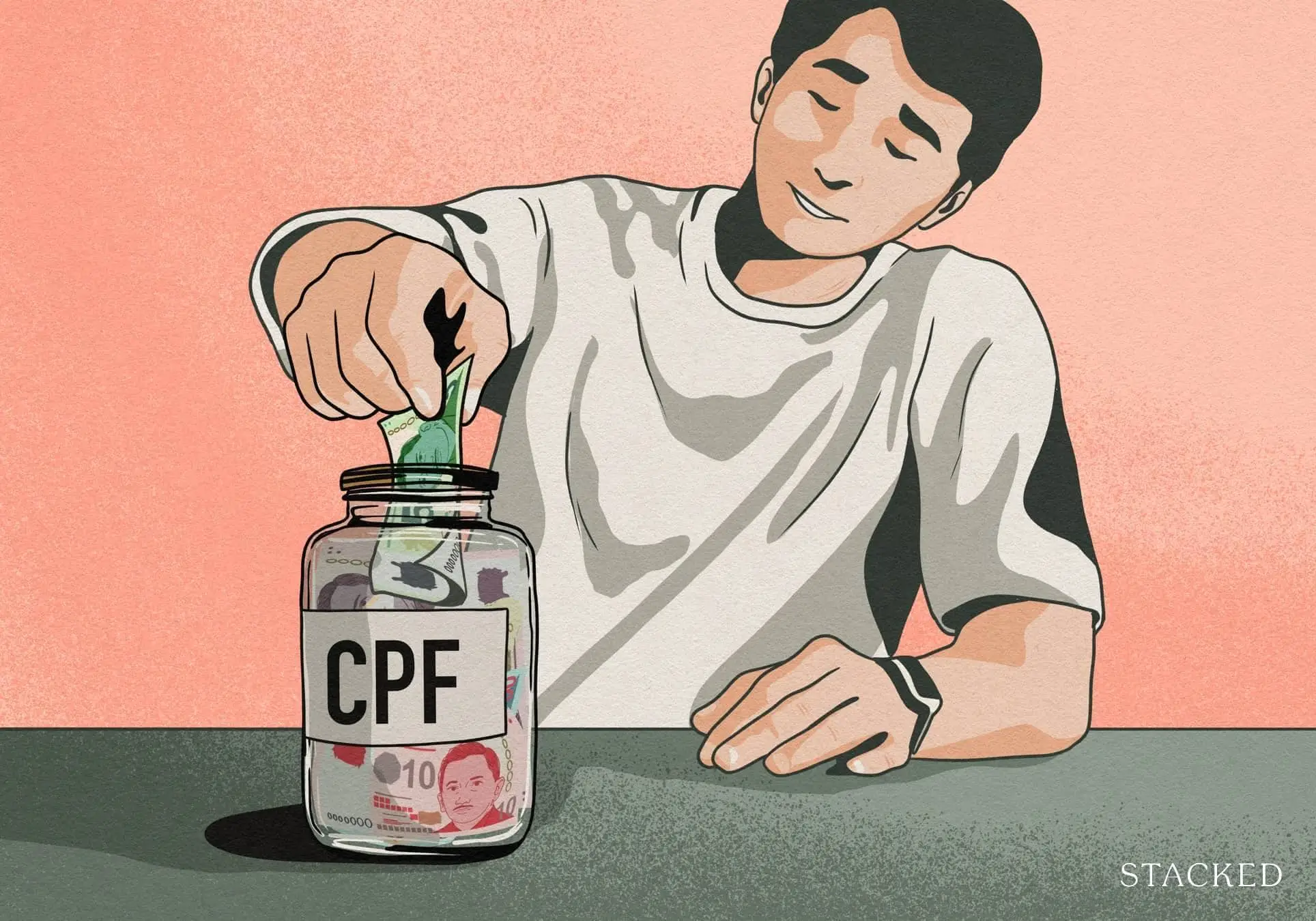
A seasoned content strategist with over 17 years in the real estate and financial journalism sectors, Ryan has built a reputation for transforming complex industry jargon into accessible knowledge. With a track record of writing and editing for leading financial platforms and publications, Ryan's expertise has been recognised across various media outlets. His role as a former content editor for 99.co and a co-host for CNA 938's Open House programme underscores his commitment to providing valuable insights into the property market.
Singaporeans can be in two very different schools of thought, when it comes to CPF usage. The first group wants to leave their wallets and bank accounts as untouched as possible, leaving their CPF Ordinary Account (CPF OA) to handle everything. The second group prefers to handle everything in cash, or a mix of cash and CPF. In our experience, the latter strategy puzzles many Singaporeans, since a common mindset is that you “can’t touch your CPF money for anything else anyway.” But there is a reason to minimise CPF usage:
Reason #1: You can get an HDB loan, or are fairly confident of a continued low-interest loan
For private bank loans, this used to be more common in the era of 2009 to around 2018. At the time, many private home loans were even cheaper than the HDB loan rate, which has stayed at 2.6 per cent per annum* for a long time.
When your home loan rate is very close – or, as in some past years, even lower than the risk-free rate of the CPF – it could make sense to use cash instead. This is for two reasons:
First, you can voluntarily transfer your CPF OA monies to your CPF Special Account (CPF SA). The SA provides a guaranteed interest rate of around four per cent* (as of 2025). This easily outpaces the 2.6 per cent interest on the HDB loan, or any loan lower than that. So to some buyers, they’re better off putting it in their SA for higher retirement payouts, than just locking it up in the property.
Second, a lower interest rate means lower monthly repayments, which could make it more viable to service the home loan in cash (for this and other reasons below).
To be blunt though, private loan rates in 2025 are above HDB loan rates, with rates of about 3.75 per cent being common. It’s unlikely that we’ll go back to 2008 – 2018 levels for some time: back then, rates could be as low as one to two per cent.
So this could be tougher in terms of cash flow nowadays, for those who don’t have access to an HDB loan.
*To be precise, you get an extra one per cent interest on the first $60,000 in SA (so five per cent on this portion, and four per cent on the rest). If you’re aged 55 or older, the first $30,000 earns an additional one per cent on top of this.
Reason #2: You need to maximise your cash-in-hand when you sell the property
When you sell the property, you need to pay back any CPF you’ve used, with the accrued interest rate.
If you use CPF for everything (i.e., stamp duty, legal fees, down payment, and monthly loan repayments), there’s a risk that if the property doesn’t appreciate much, the total amount to be refunded to CPF might exceed the sale proceeds. In the property industry, this is widely referred to as a negative cash sale.
You don’t need to top up the difference if this happens*, but it does have some drawbacks:
First, if you’re intending to upgrade, this could leave you struggling with the down payment on the replacement home. Remember that the first five per cent of a private property has to be paid in cash.
Second, you can lose flexibility, if the sale is for some other purpose, such as retirement, funding a business, funding your child’s overseas studies, etc. With the money locked in your CPF, many options are closed to you, even though you have the funds.
For retirees, factor in long-term plans during your right-sizing process
If you have big-ticket items planned for retirement, such as going on a pilgrimage, living abroad for a few years, etc., remember to factor in your CPF refund. While you’ll still get the money from the sale, more of it may be locked back into your CPF than you’d like.
So in the interest of preserving their flexibility, some buyers choose to use only part or none of their CPF.
*Provided the flat is sold at the assessed market value
Reason #3: You Don’t Want the CPF Withdrawal Limit to Catch You Off-Guard
This doesn’t matter to you if you’re paying for a BTO flat and using an HDB loan; you can use as much of your CPF as needed in those cases. Otherwise, for other property types, there may be a limit to how much CPF you can use.
If you are taking a bank loan for a BTO flat, the CPF withdrawal limit is 120 per cent of the property valuation. For resale flats, the withdrawal limit is based on the flat’s valuation, and you can withdraw beyond this limit only if you’ve met your Basic Retirement Sum (BRS).
For all flats on a bank loan (including BTO) and private properties, the withdrawal limit is 120 per cent of the flat’s valuation.
There’s a higher risk of losing track of the withdrawal limit, if you leave everything to be deducted from the OA and never check the amount used. We have run into cases of homeowners who hit the withdrawal limit in their later or twilight years: if their income has dropped since then (e.g., they quit their old job to work part-time and wind down), this can cause significant cash flow issues.
Reason #4: You’re Using CPF, and Not Your Property, as the Main Retirement Tool
For some homebuyers, their property isn’t the core of their investment portfolio (i.e., it’s just a roof over their head). They may in fact be using CPF over real estate as their main retirement tool, which could mean using facets like the CPF Investment Scheme (CPFIS), or simply wanting to accrue much more in CPF.
In these instances, they might want to leave their CPF mostly untouched, whilst paying off the home in cash. These buyers tend to also pick lower-cost and less lavish properties, which makes the monthly loan repayments manageable.
Reason #5: You are Self-Employed, and Don’t Make Regular CPF Contributions
Self-employed persons – whether contract workers, gig economy workers, or sole proprietors – don’t always make regular CPF contributions. Some of them only make mandatory MediSave contributions; you can see the details here.
For reasons of flexibility, such as free rein to upgrade work tools, spending on their own marketing, or funding their own business, they might hold on to most of their earnings in cash. This can mean having to service the home loan in cash as well, as they’re not regularly putting anything into their OA.
As an aside, self-employed individuals count as earning 30 per cent less than their actual income (based on their annual Notice of Assessment); so they’re sometimes forced to take smaller loans anyway. Just by coincidence, this can make it more manageable to service the home loan in cash.
Reason #6 (Possibly the Worst Reason): You’re a Flat Owner Who Doesn’t Want to Pay for Mortgage Insurance
We really don’t recommend you subscribe to this. But that said, the Home Protection Scheme (HPS) for HDB flat owners is not mandatory if you’re using cash-only for the monthly repayments.
(For private property owners, it’s always up to you whether you buy mortgage insurance or not).
The HPS is a form of mortgage insurance that pays off the entirety of your flat loan, in the event of death or Total Permanent Disability (TPD). It’s a good idea to have this, especially early on in your home ownership when the outstanding mortgage is significant.
But if for some reason you decide you don’t want to pay for HPS, you can avoid it by paying the home loan in cash. Again, this is a very bad idea for most people, and it’s usually only done for those who have other insurance provisions.
There’s also the unintentional side-effect of being forced to pay attention to home loan rates, when you’re serving the loan in cash
Those who service their home loans in cash are forced to pay more attention to the amounts involved, rather than just blindly having the amounts deducted. This tends to make them better managers of their home loan, as they’re more conscious of when to reprice or refinance a high-interest loan. They also become more aware of subtle differences, like whether a three-month or one-month interest rate period better suits their financial planning.
For help with issues regarding your home loan, or planning your property purchase, reach out to us on Stacked. If you’d like to get in touch for a more in-depth consultation, you can do so here.
Ryan J
A seasoned content strategist with over 17 years in the real estate and financial journalism sectors, Ryan has built a reputation for transforming complex industry jargon into accessible knowledge. With a track record of writing and editing for leading financial platforms and publications, Ryan's expertise has been recognised across various media outlets. His role as a former content editor for 99.co and a co-host for CNA 938's Open House programme underscores his commitment to providing valuable insights into the property market.Read next from Property Advice
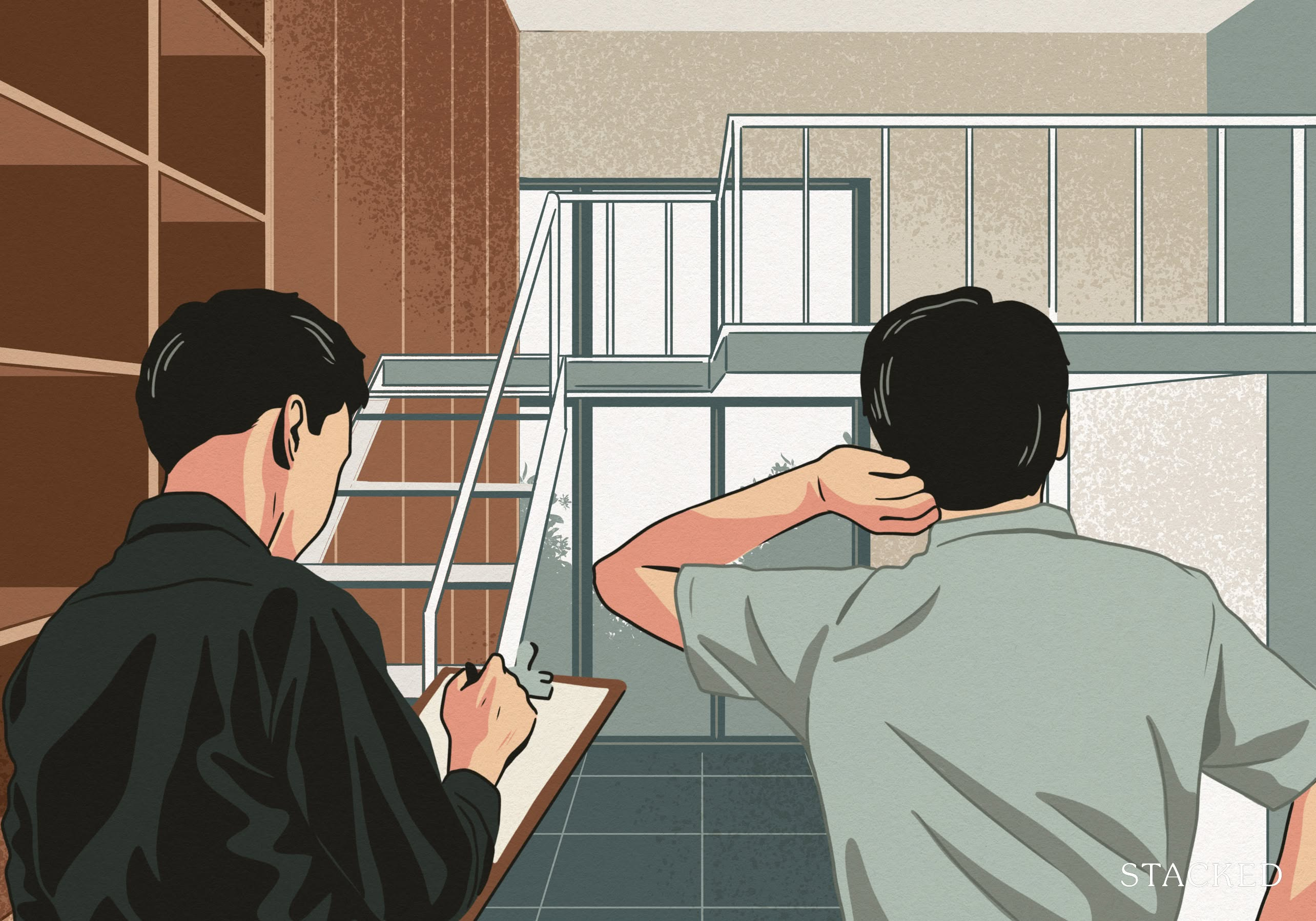
Property Advice The Hidden Risks Of Buying A Landed Home In Singapore: 6 Renovations That Could Be Illegal
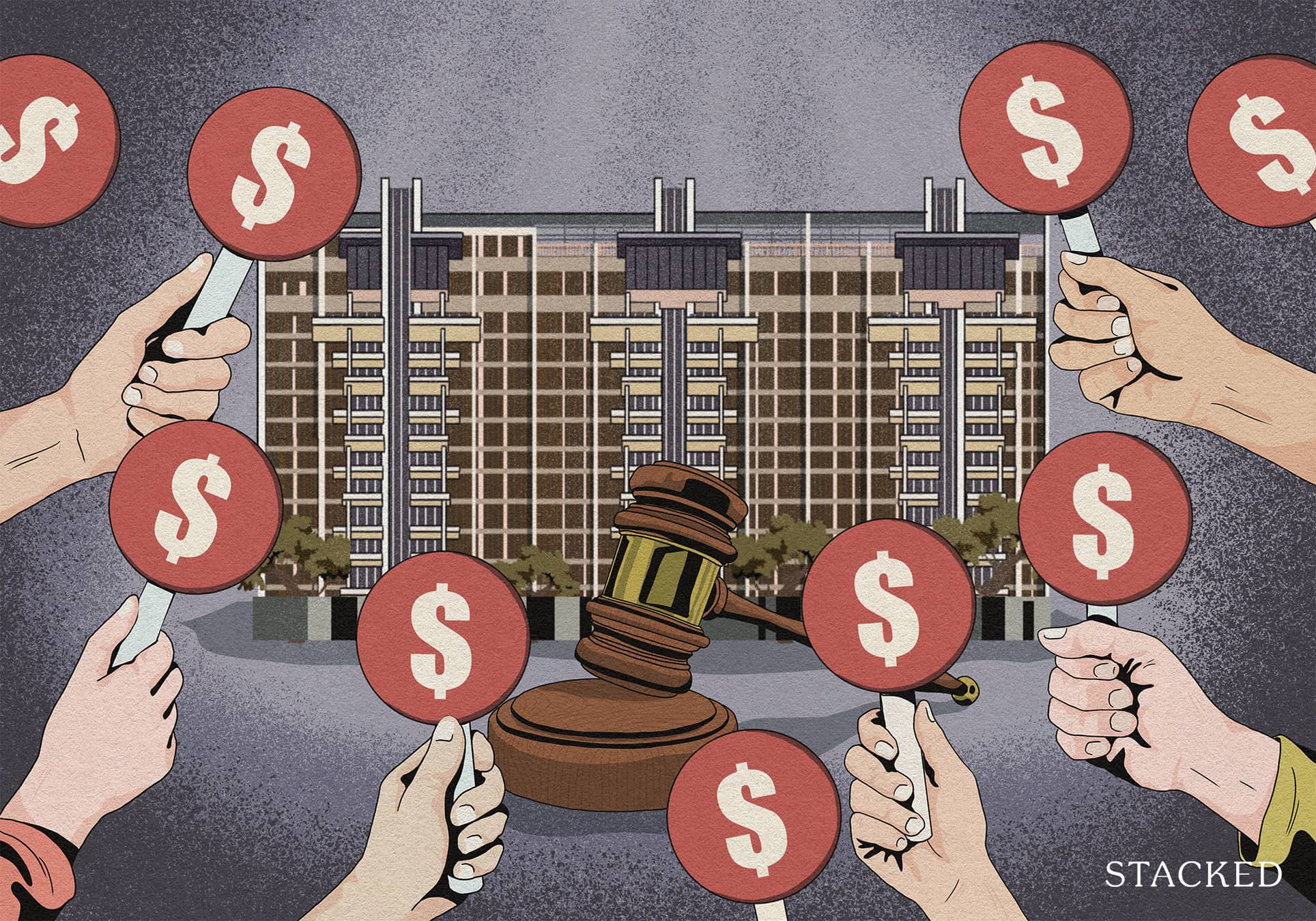
Property Advice Why Being The First Seller In A Condo Can Be Risky (And How To Make It Work)
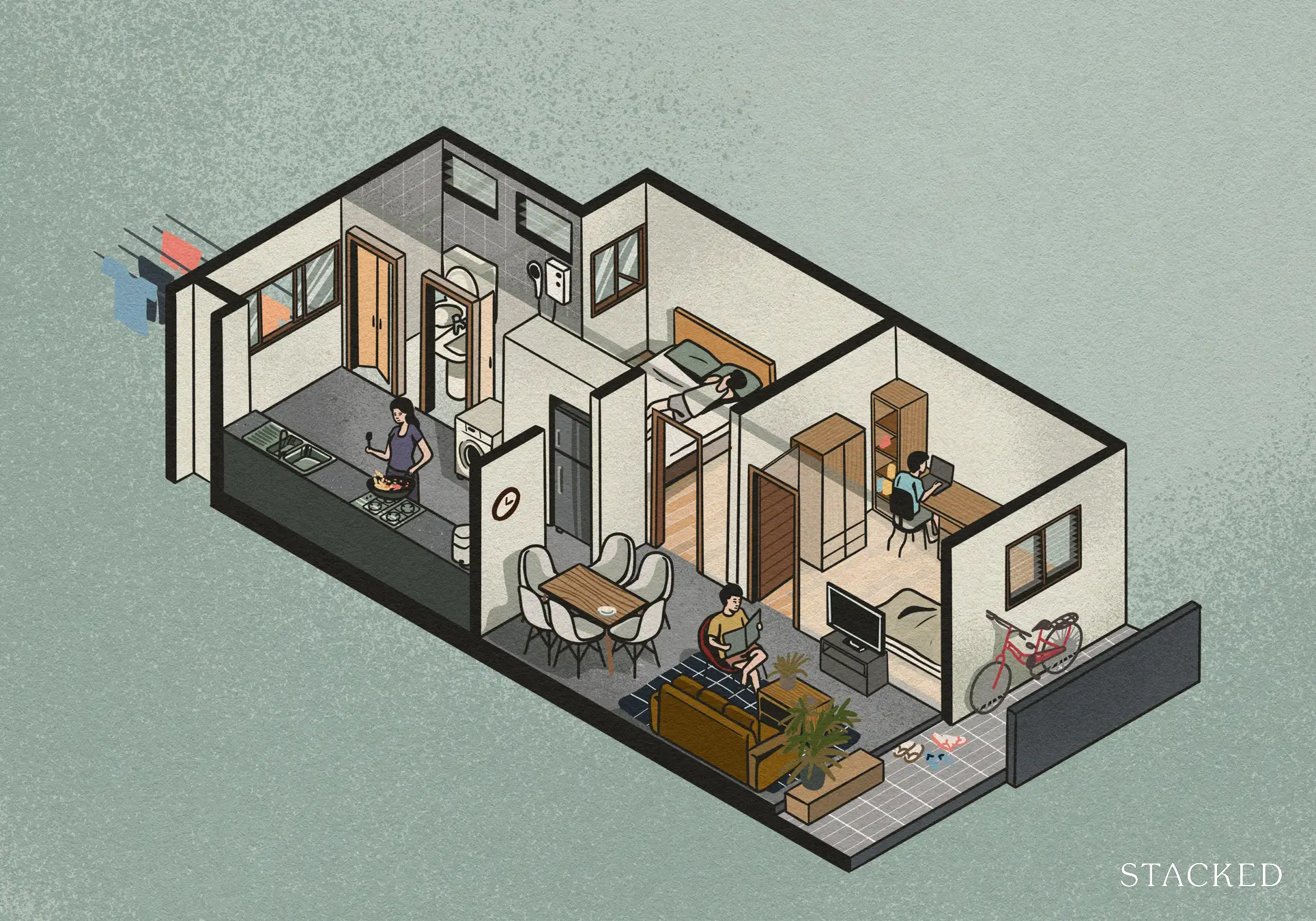
Editor's Pick Why Starting With A 3-Room HDB Flat Still Makes Sense In 2025
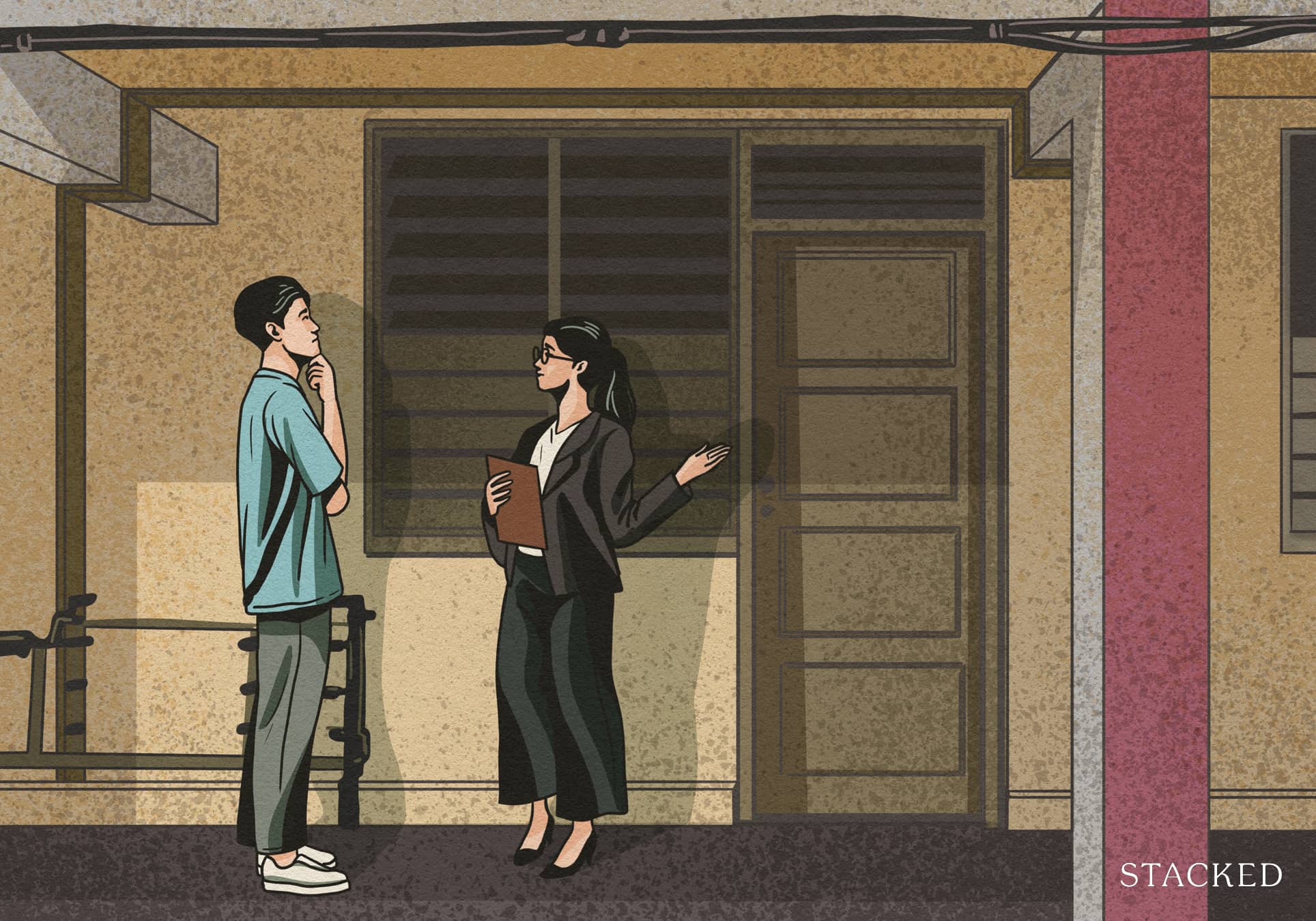
Property Advice Worrying About Your Property Purchase Choice? 5 Logical Things To Consider Before Backing Out
Latest Posts
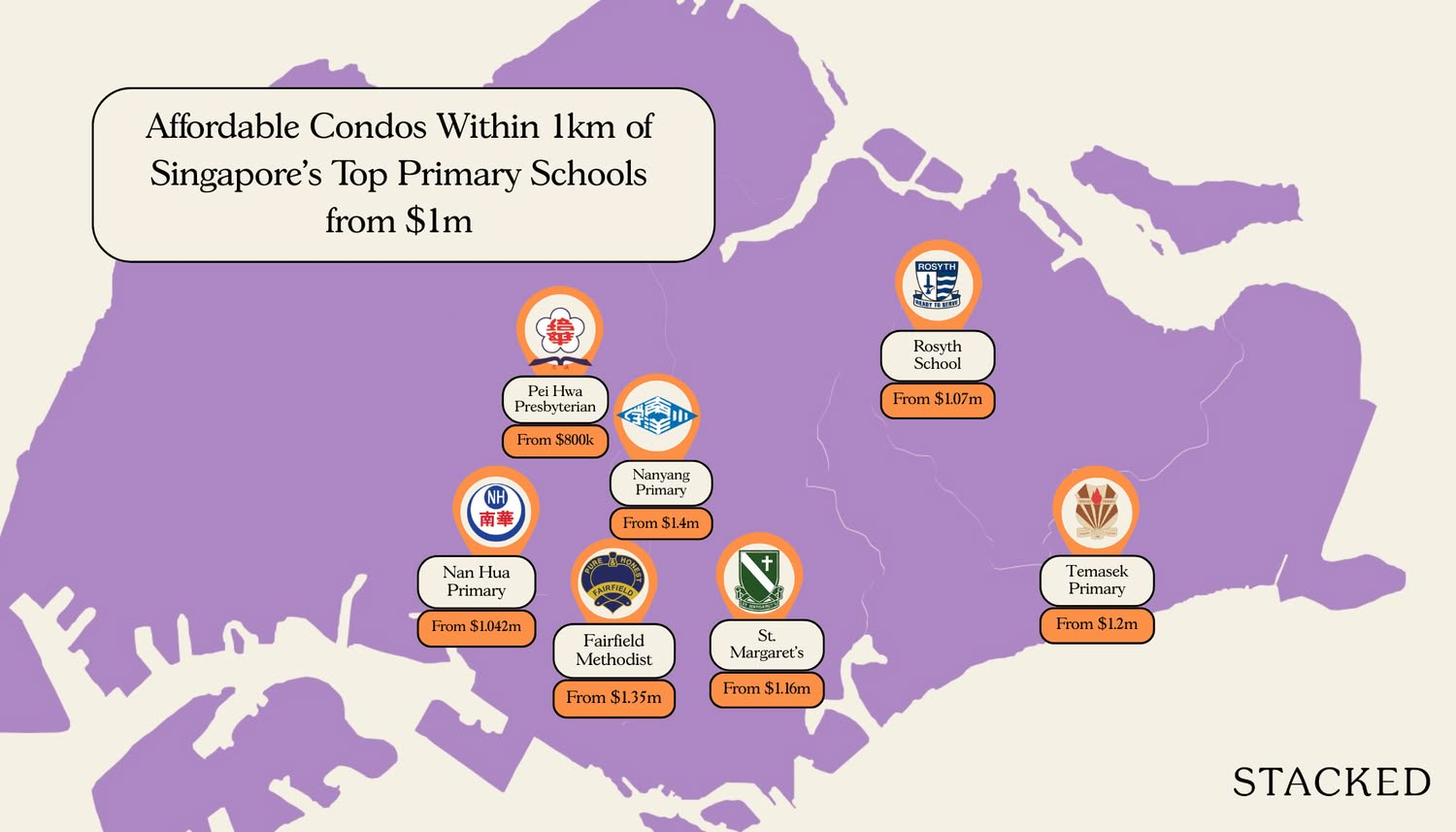
Property Picks The Cheapest 2 And 3-Bedder Condos Within 1km Of Top Primary Schools—From Just $1 Million (Part 2)
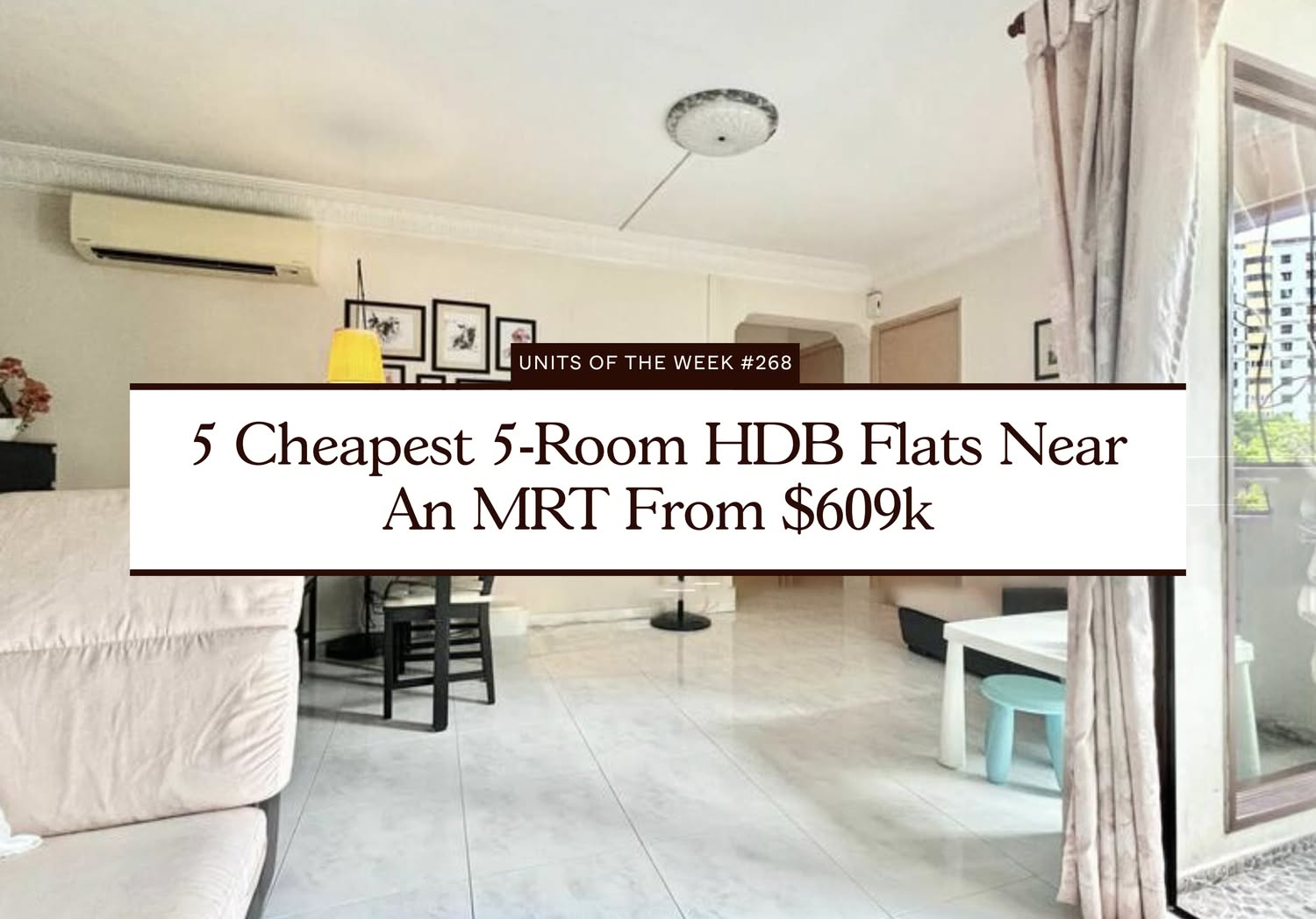
Units Of The Week 5 Cheapest 5-Room HDB Flats Near An MRT From $609k

Homeowner Stories I Almost Sold My Home In Singapore—Here’s Why I’m Glad I Rented It Out Instead

Property Picks These Are The Cheapest 2 And 3-Bedder Condo Units Within 1km Of Popular Primary Schools (Part 1)
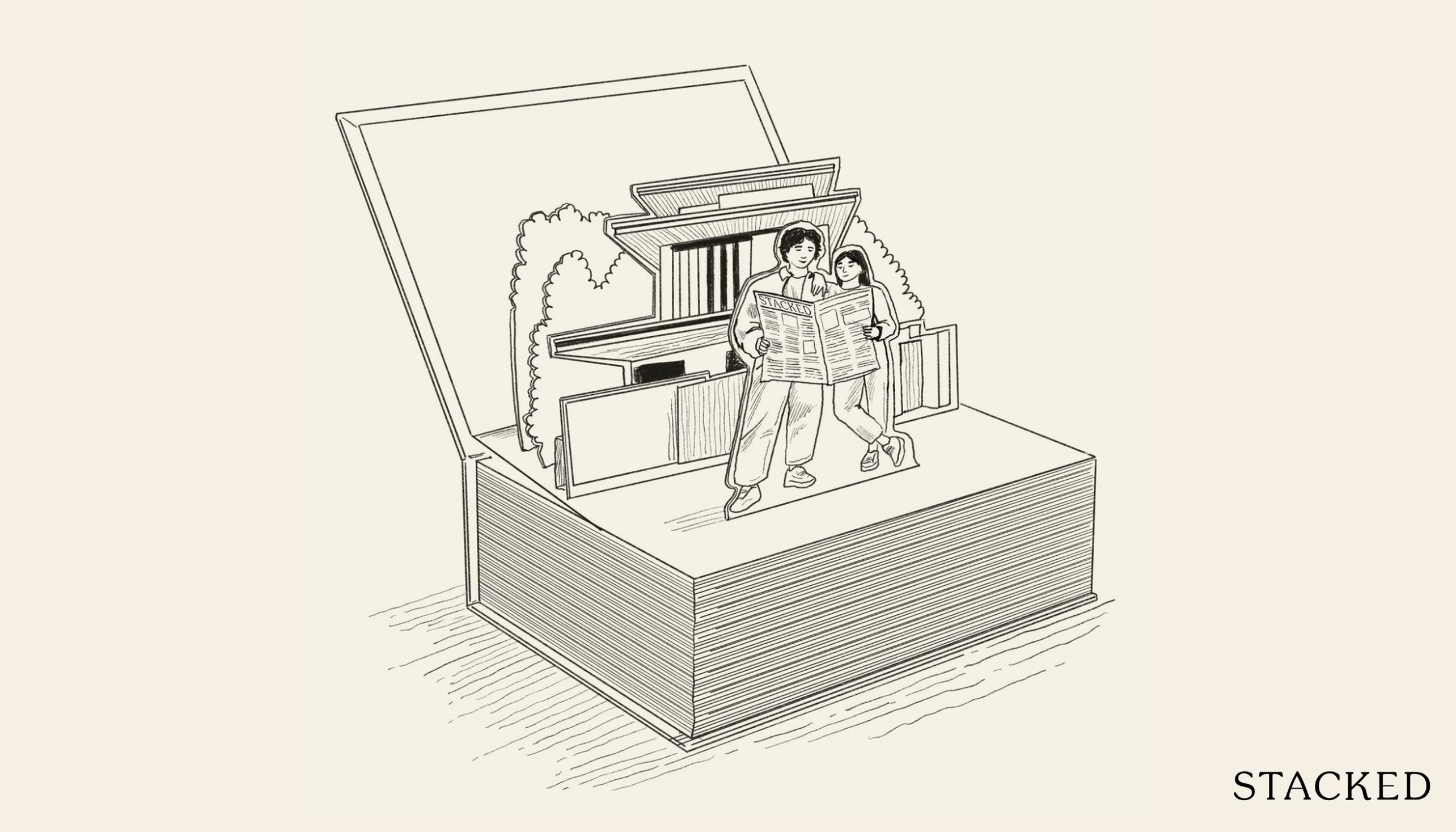
Editor's Pick The Worst Property I Ever Bought (And Why We’re Launching Paid Property Content)
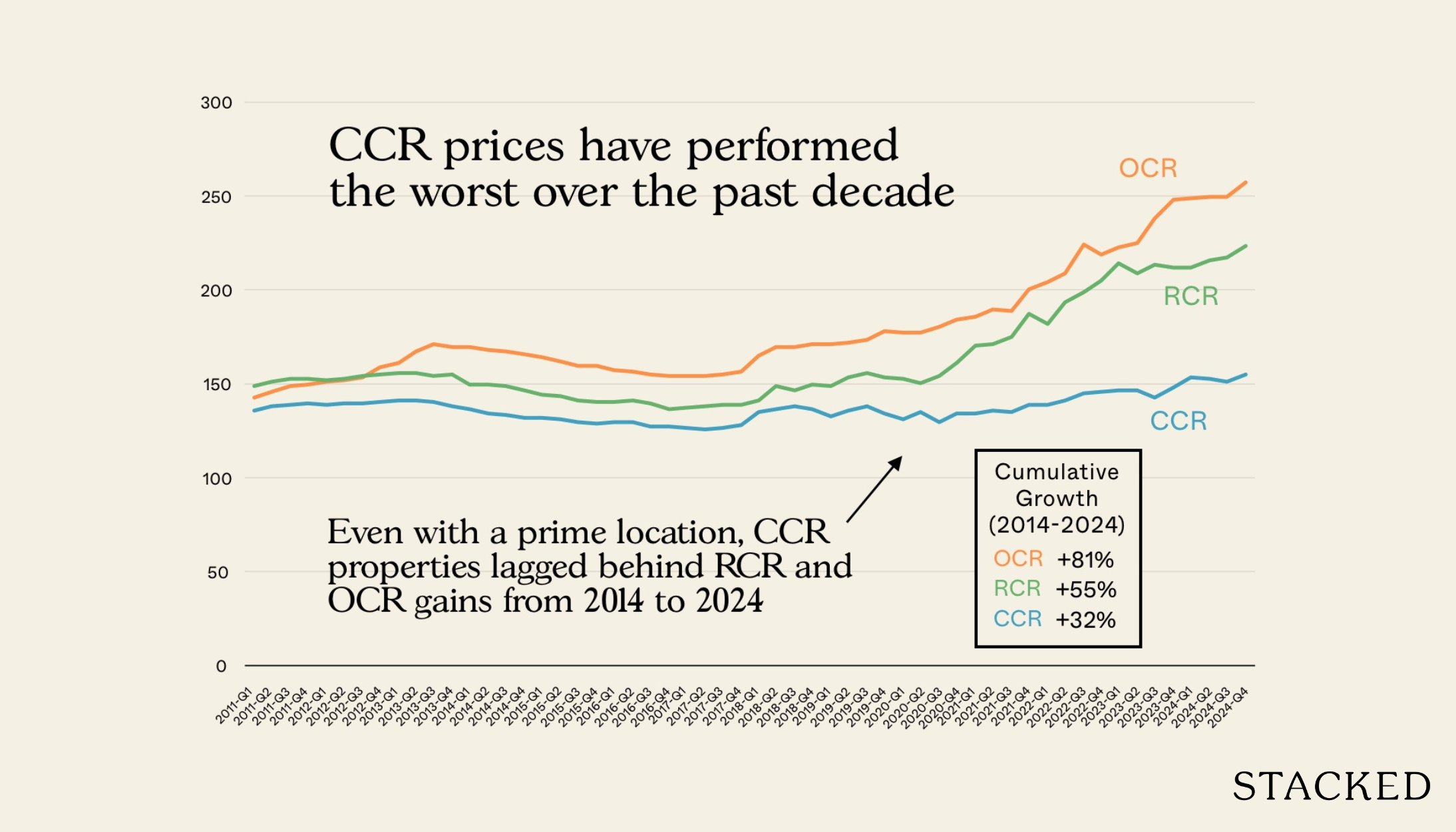
Pro We Analysed 8 Years Of 1-Bedroom Condo Data In Central Singapore: Here’s What Investors Should Know
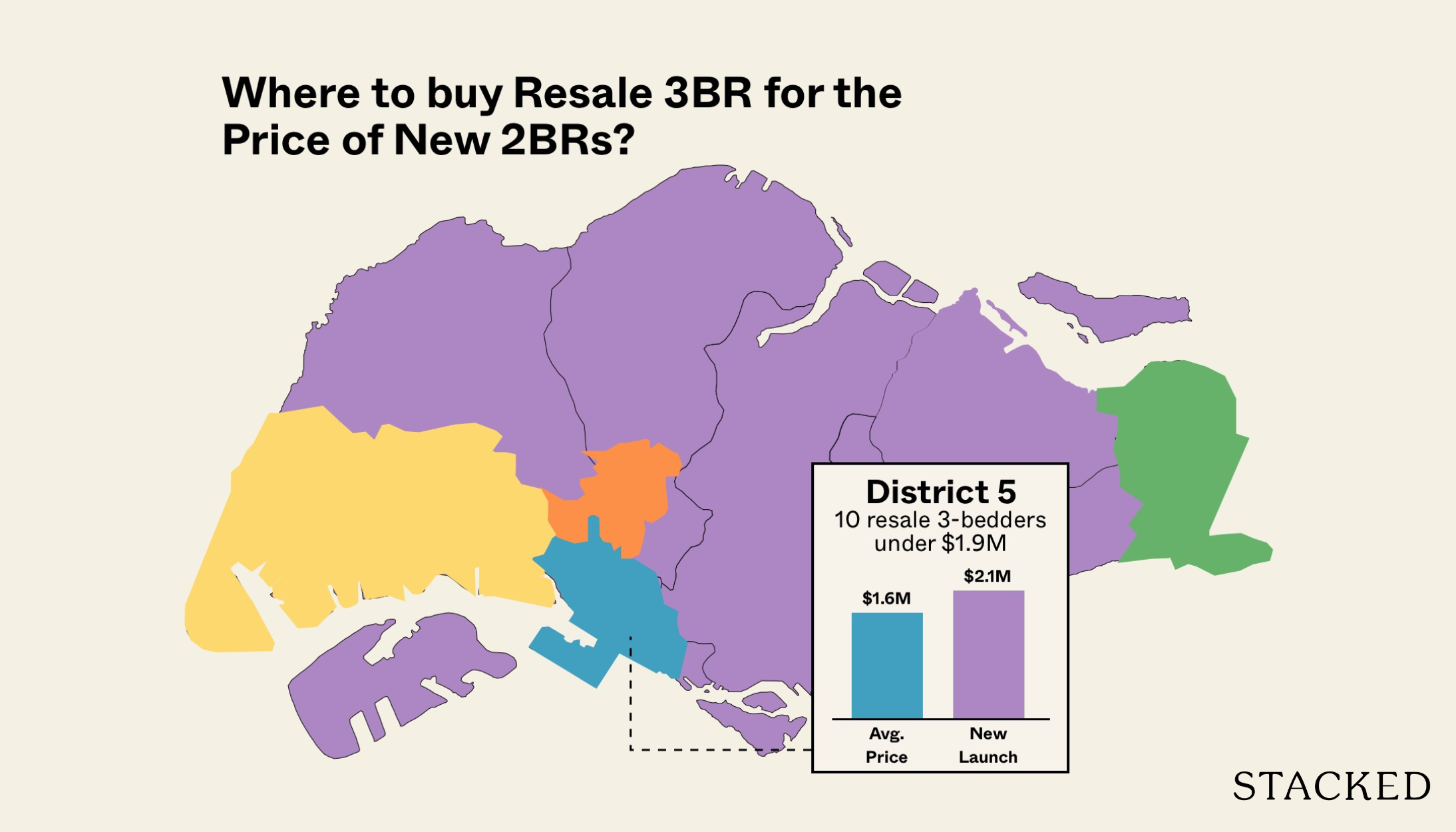
Pro Where You Can Buy A Resale 3-Bedder For The Price Of A New 2-Bedder In 2025
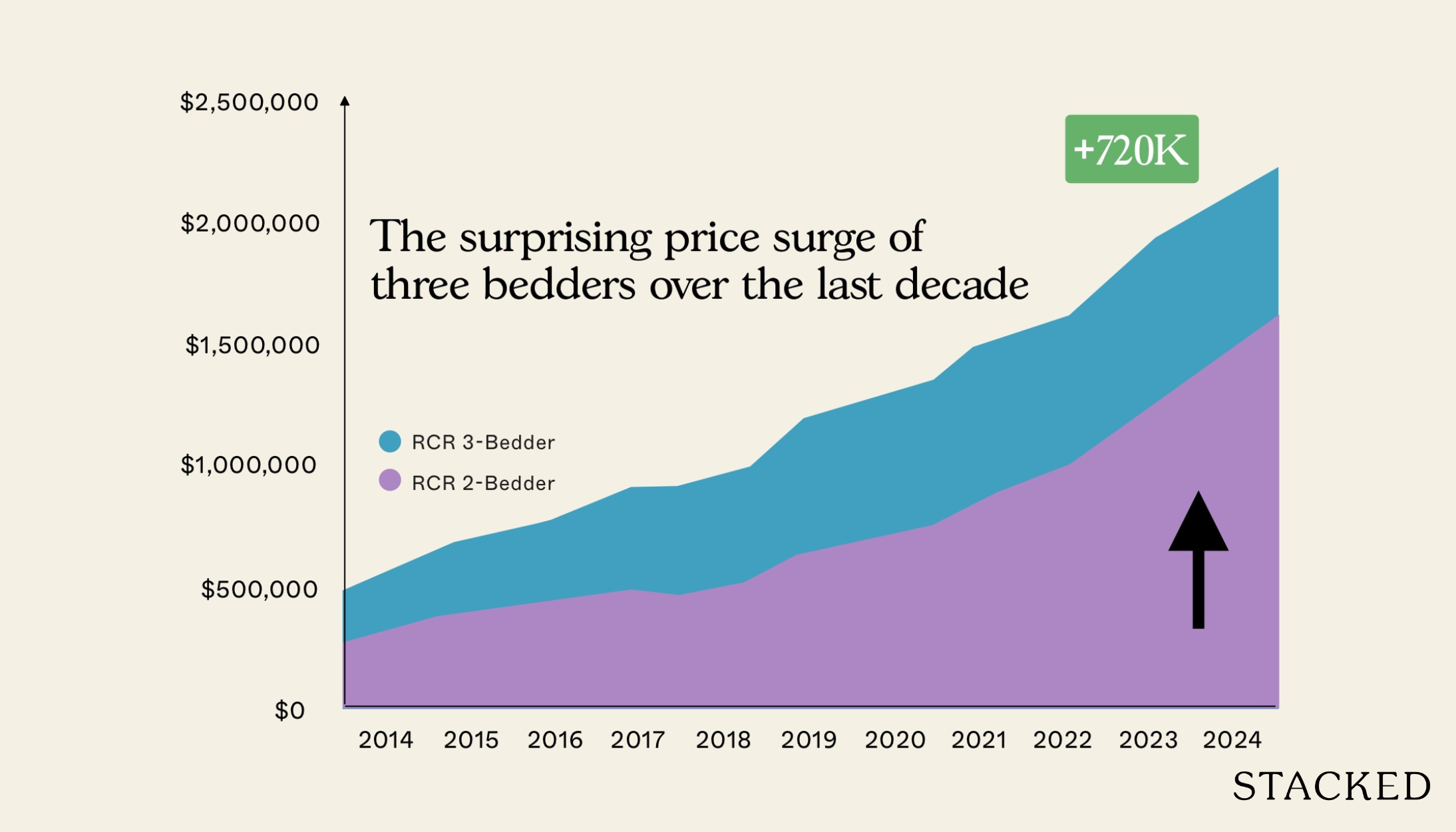
Pro Why 3-Bedders May Be The Smarter Investment (Over 2-Bedders) In 2025: Here’s The Breakdown
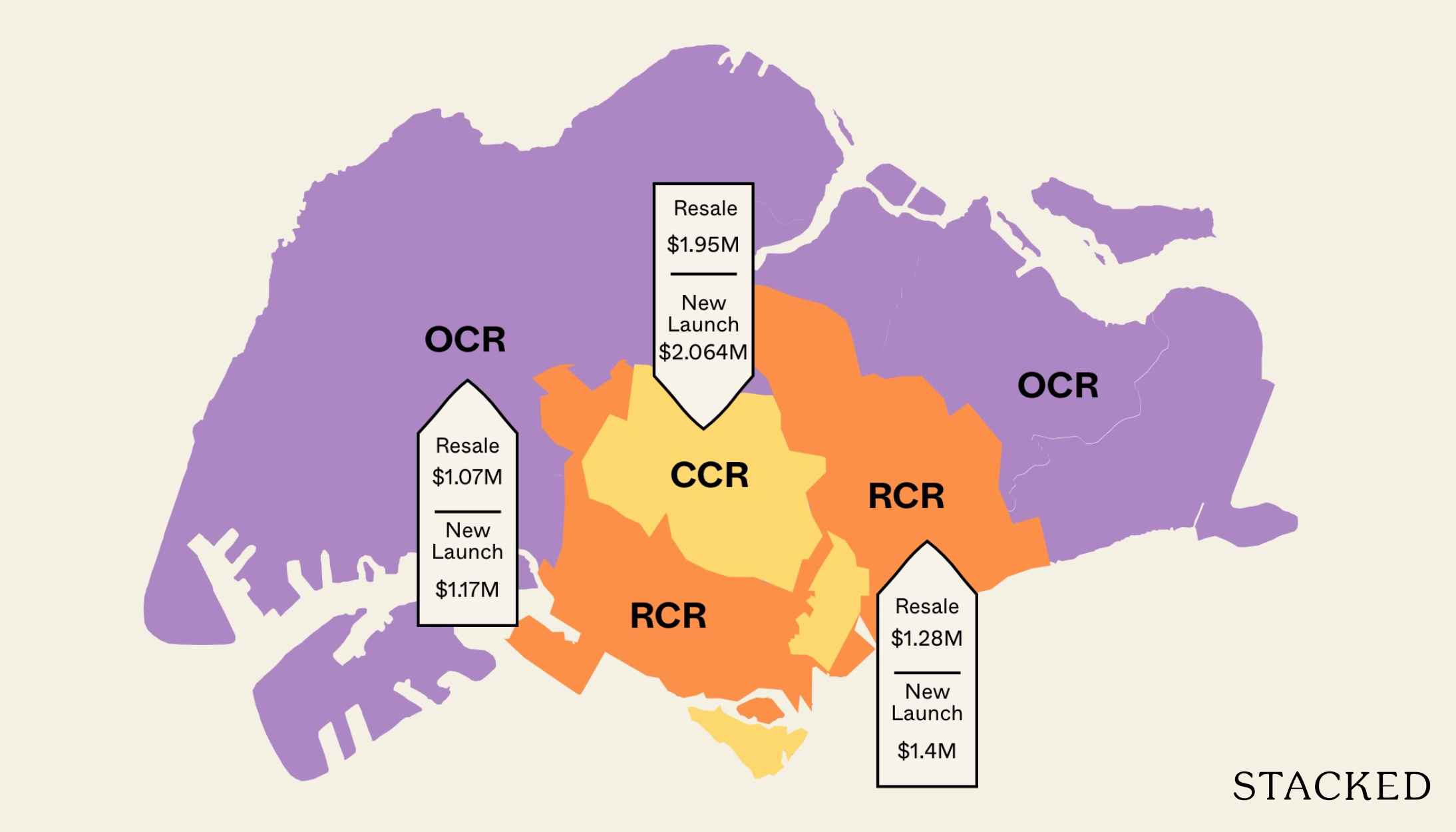
Pro Which Singapore Regions Offer The Best Value For Two-Bedder Condos Today? (Resale vs New Launch)
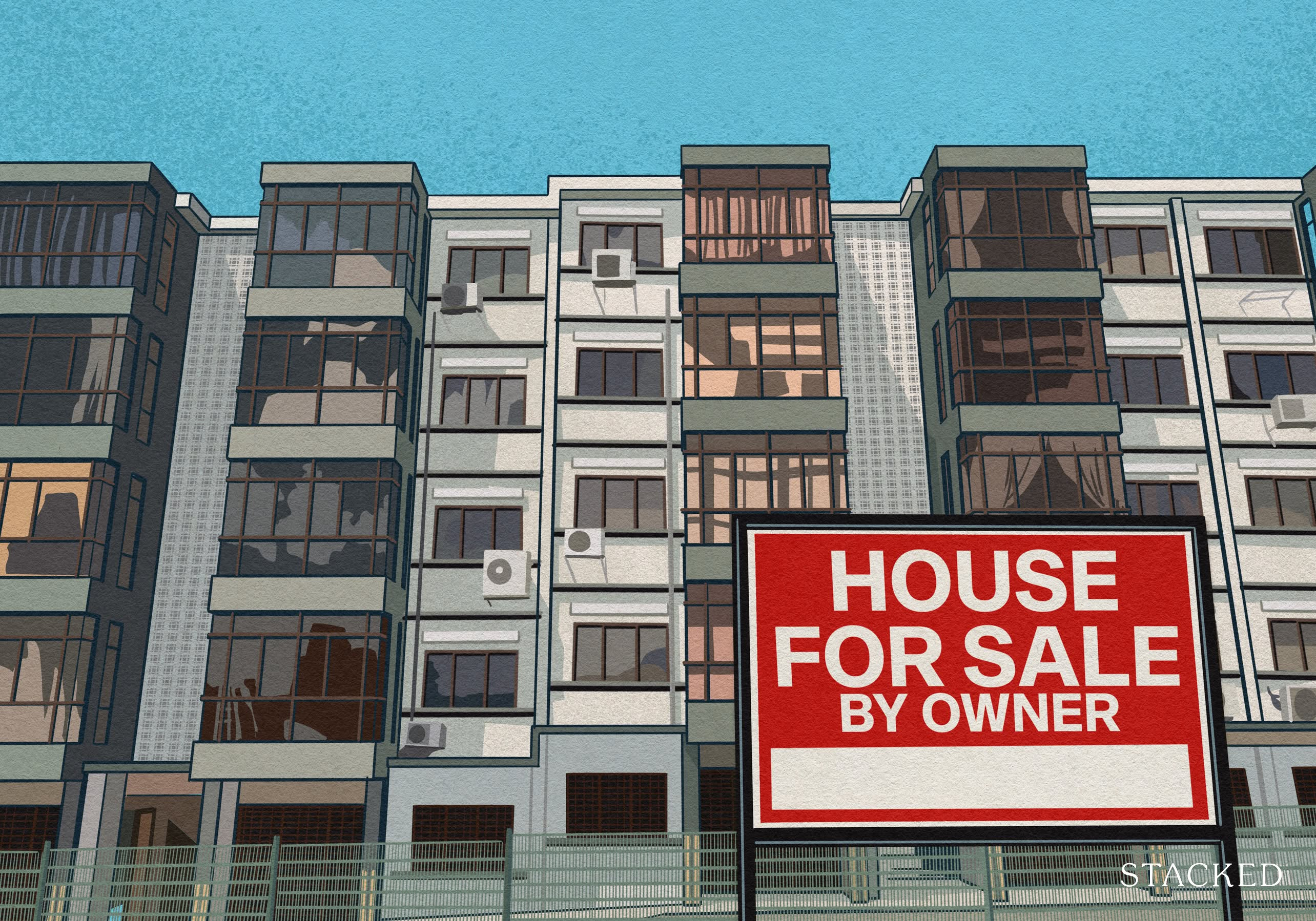
Property Market Commentary What DIY Property Buyers In Singapore Might Miss Out On (And Why It Matters)
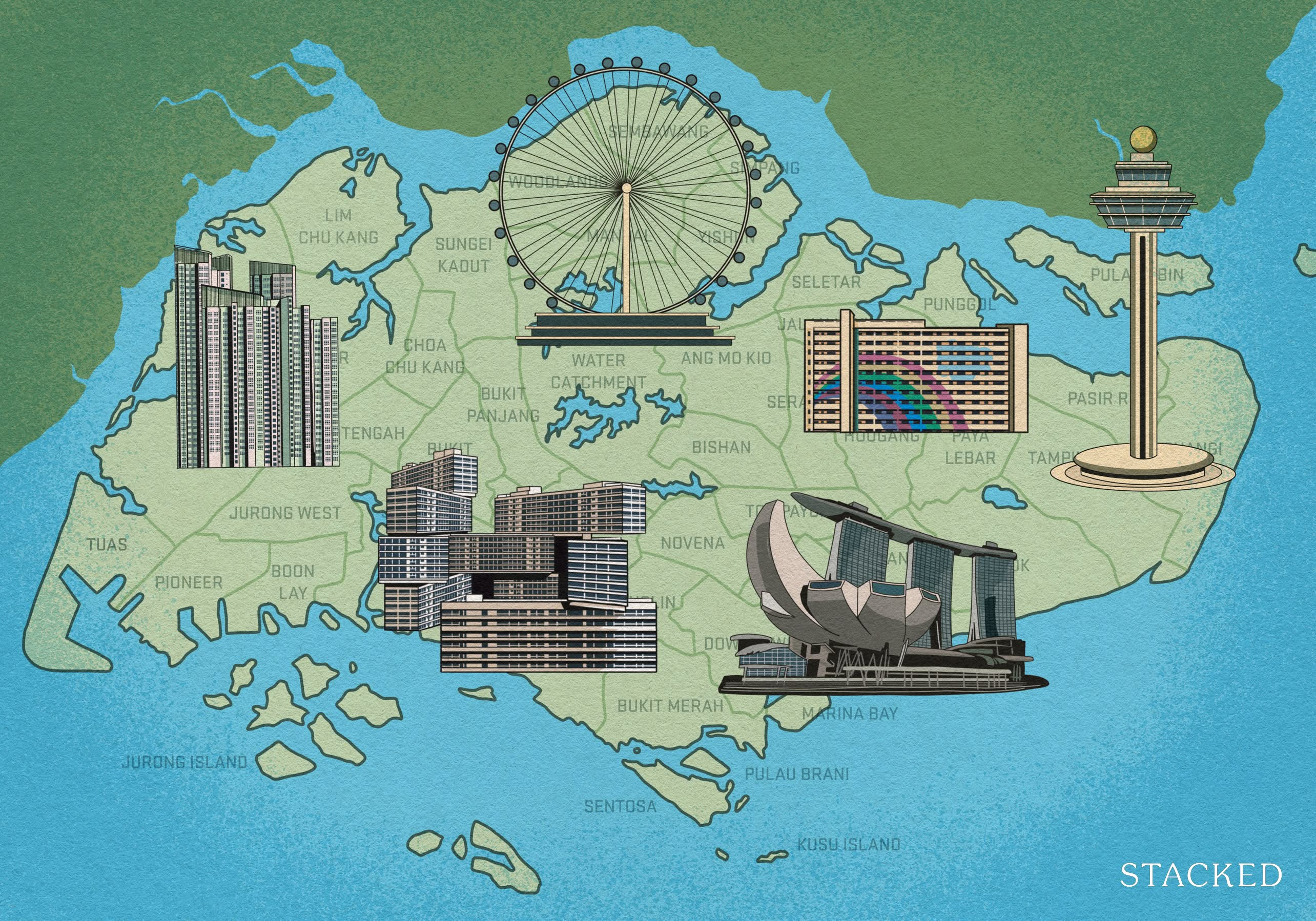
Editor's Pick Why This Singapore Homeowner Wakes At 5AM To Commute – And Has Zero Regrets
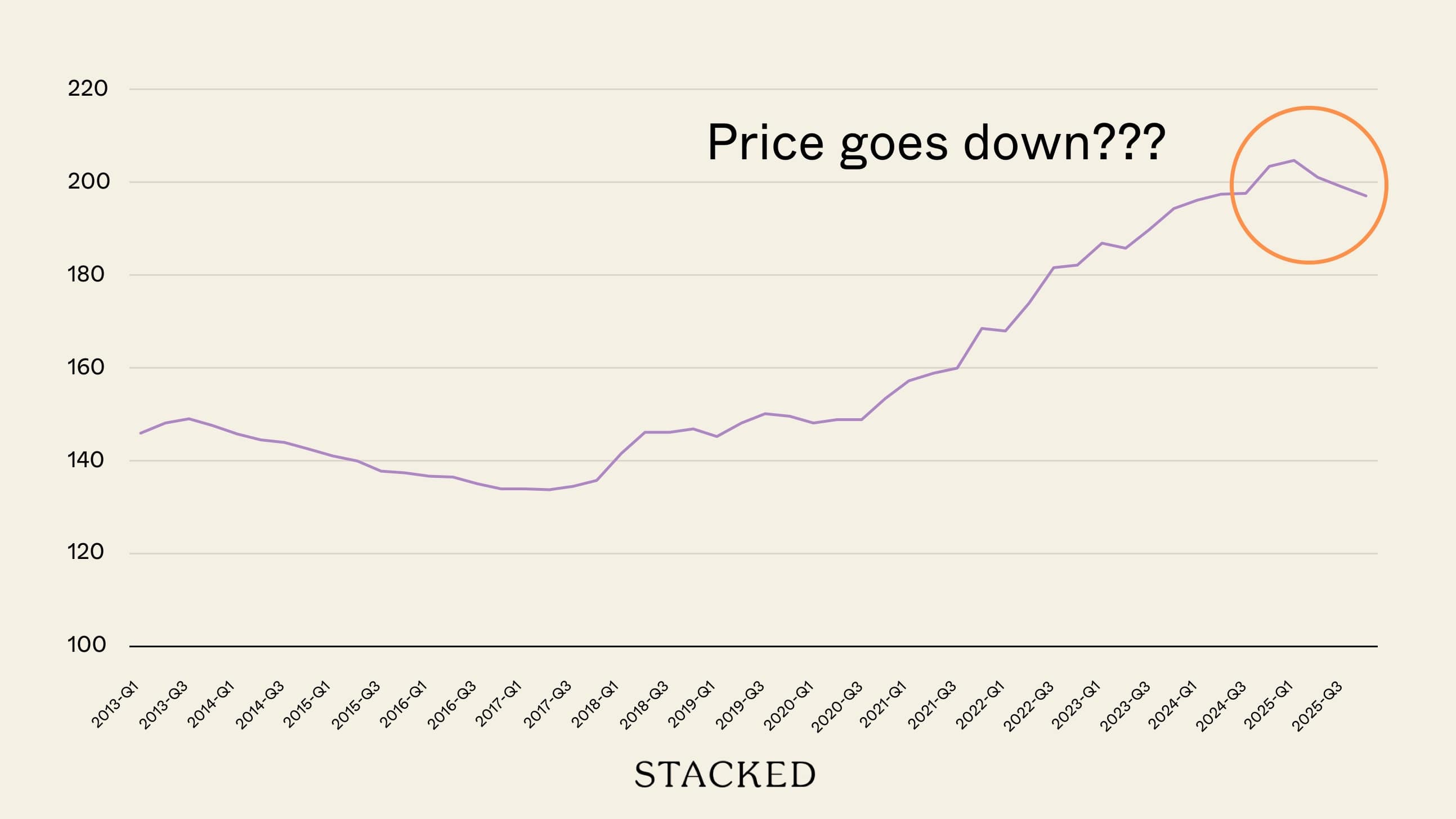
Editor's Pick Can Singapore Property Prices Come Down In 2025?
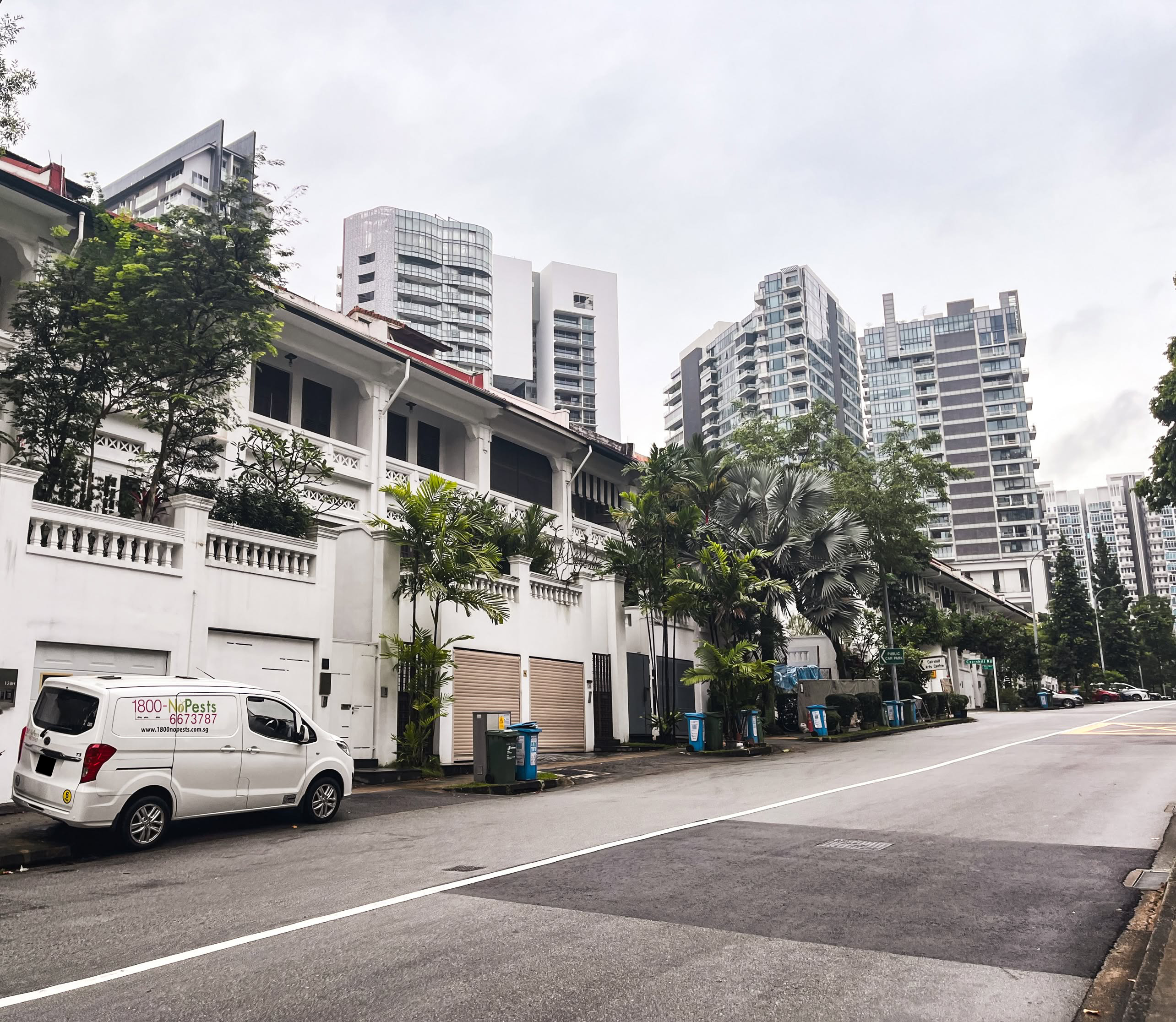
Editor's Pick Touring Rare Freehold Conservation Shophouses In Cairnhill (From $7 Million)
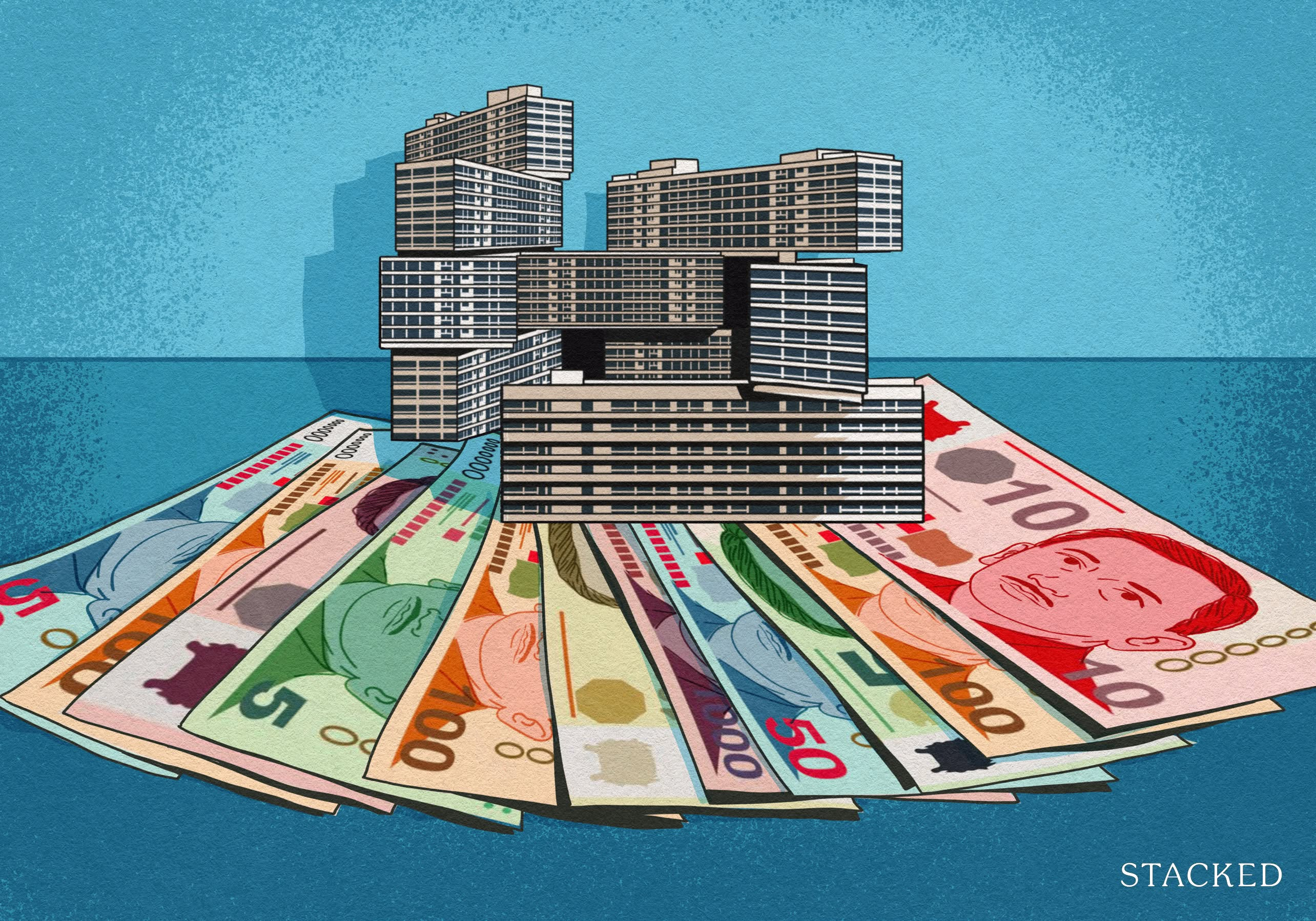
Editor's Pick “We Treated Our Flat As A Liability” How One Couple Paid Off Their HDB In 15 Years

Editor's Pick Condo Profits Averaged $270K In 2024 Sub Sales: Could This Grow In 2025?


